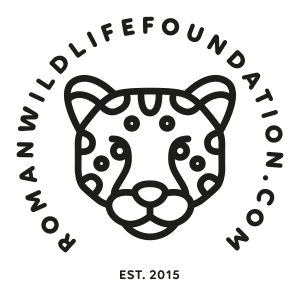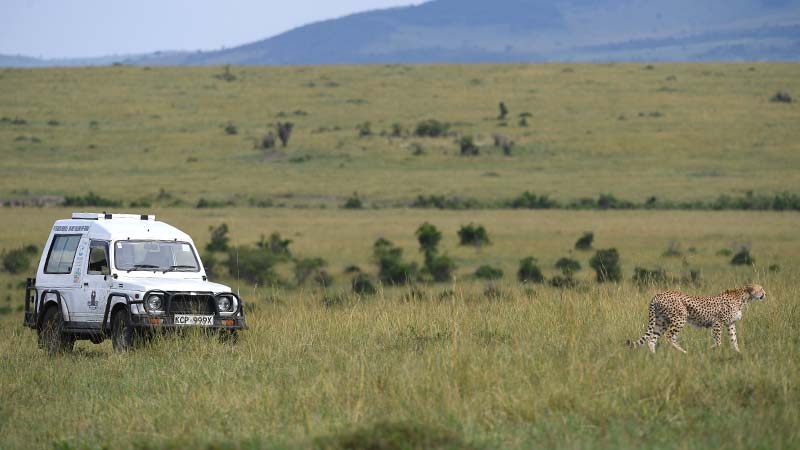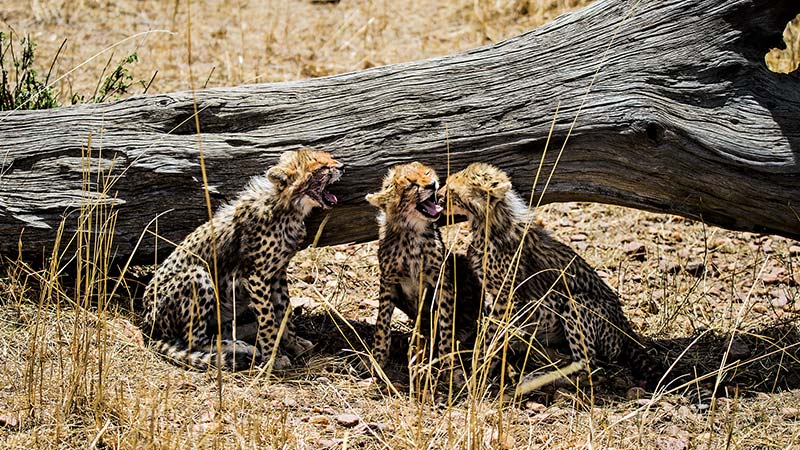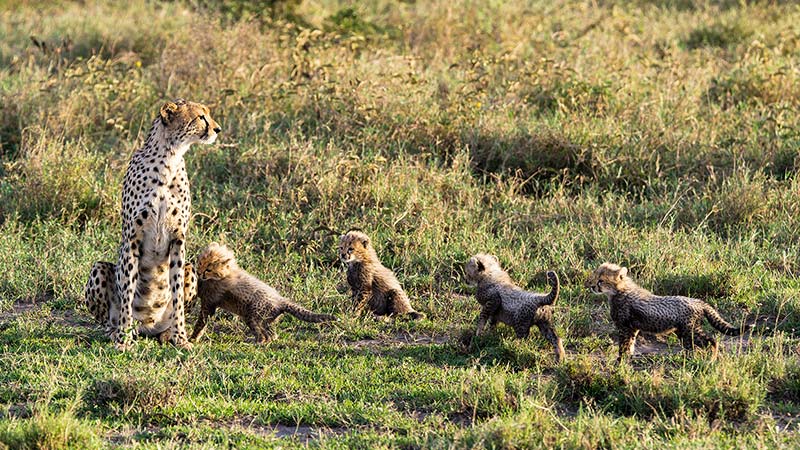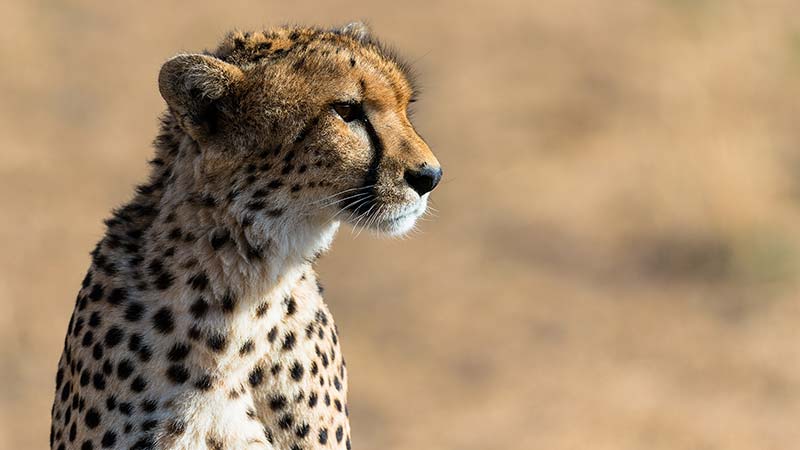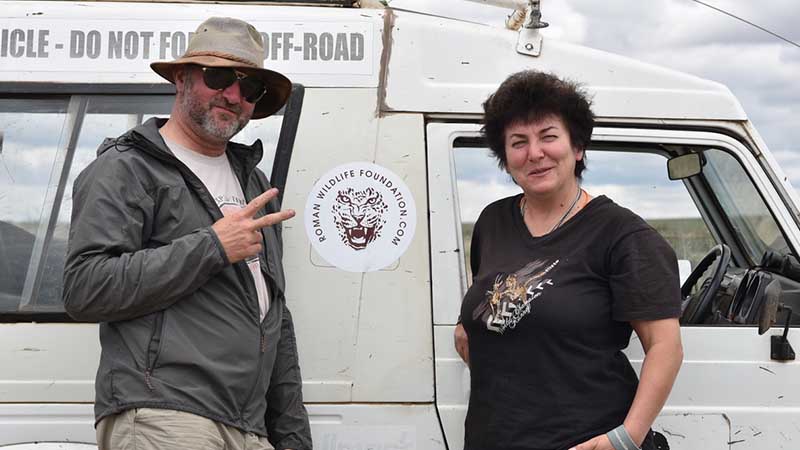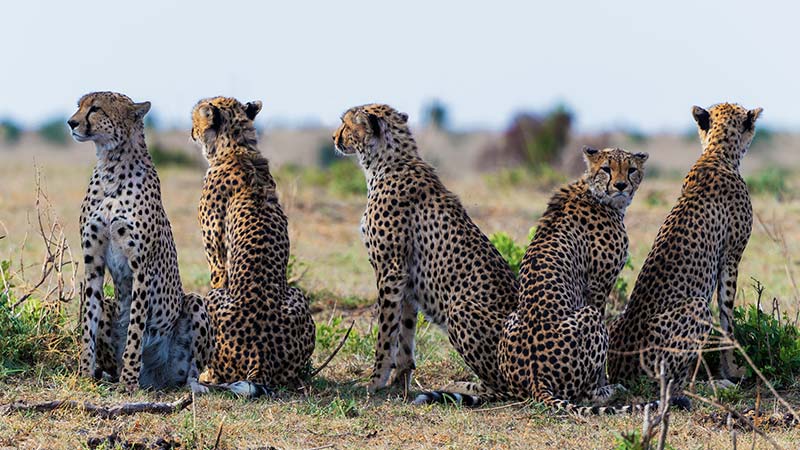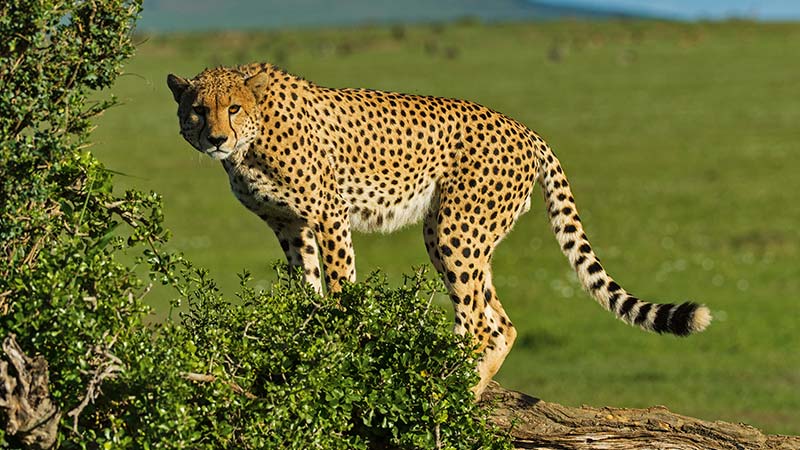Mara Meru Cheetah Project
LET’S SAVE CHEETAHS FOR POSTERITY TOGETHER!
In the 1970s there were about 15,000 cheetahs in Africa, while now the global wild cheetah population is estimated as low as 7,100 animals and confined to 9% of its historical distributional range. The last significant populations remain in Southern (Namibia, Botswana, SA) and East Africa, wherein the South African and East African populations are represented by different subspecies.
In the past cheetahs were widely distributed across Kenya. However, over the years, due to human population increase that has led to loss of habitat, a reduction in prey base, conflicts with people, diseases and poorly managed tourism, cheetah numbers have greatly reduced. Cheetahs are now resident in about 23% of their historical range in Kenya.
GOALS & OBJECTIVES
Mara Meru is a long-term research started with a reconnaissance in November 2011 and actual fieldwork in October 2012. For several months the team has been based at Keekorok staff quarters in the heart of Maasai-Mara National Reserve. The general goal of the current research is: Identification of behavioral adaptations and assessment of impact of social structure on reproductive success and survival of the cheetah in the protected areas under anthropogenic influence.
OBJECTIVES
- Estimation cheetah population dynamics in Mara and cheetah population status in Meru based on individual identification. Building Mara Cheetah Pedigree.
- Providing baseline information on cheetah social structure, habitat use, demographics and ranging patterns.
- Identification of major threats to the cheetah population: health problems (injures; diseases, i.e. sarcoptic mange etc.); conflict with herders; poaching and evidential snaring etc.
- Evaluation of the predator impact on cheetah survival (with focus on lion, hyena and leopard).
- Study development of patterns of behaviour (dominant at a certain age) contributing to the species survival.
- Evaluation of the predator impact and human activity on cheetah behaviour and identification of optimal behaviour strategies for survival.
- Assessing the extent of human-cheetah conflict in the study areas and working out optimal solutions.
- Provide information for the development of management policies that will support a healthy and sustainable cheetah population in and around protected areas.
- Establishing educational programs and providing training to engage local people in conservation.
- Promote an understanding of the importance of cheetah conservation among international and local stakeholders during first phase of the study, in the Meru region the team is collecting photographic materials and sightings. The studies are conducted in two areas of Kenya.
MARA & MERU
Two study areas – Maasai Mara Ecosystem (Mara) and Meru Conservation area (Meru) experience different types of anthropogenic (human) influences. The Mara has high tourist activity and relatively low grazing, while Meru has the low tourist visitation and very high grazing. The Mara (3500 km2) is one of the most popular tourist destination, while Meru (4000 km2) is considered to be one of the remaining true wilderness areas in Kenya.
MARA
Mara Ecosystem covers about 3500 km2 including Maasai-Mara National Reserve and surrounding conservancies. Maasai-Mara National Reserve is the northern-most section of the Mara-Serengeti Ecosystem, which covers some 25,000 km2 in Tanzania and Kenya. It is bounded by the Serengeti Park to the south, the Siria Escarpment to the west, and Conservances to the north, east and west. Maasai-Mara National Reserve was originally established in 1961 as a wildlife sanctuary and covered only 520 km2 of the current area, including the Mara Triangle.
MERU
The Meru Conservation Area (MCA) lies in the Somali-Maasai Regional Centre of Endemism, an area of some 1.87 million square kilometers, extending from north-eastern Somalia to north-eastern Tanzania and including much of north-eastern Kenya, south-eastern Sudan, parts of Ethiopia and north-eastern Uganda. The MCA is a complex of protected areas along the Tana River that includes the adjacent Bisanadi and Mwingi National reserves, the Kora National Park, and Meru National Park. The complex occupies an area slightly over 5,000 square kilometers.
PROJECT MANAGER and PRINCIPAL INVESTIGATOR
Dr. Elena V. Chelysheva, PhD is Russian zoologist with broad knowledge of captive and wild cheetah ecology and behavior and over 30 years of experience. Former supervisor of Carnivore Department of Moscow Zoo Conservation Center (Russia) she worked with in different institutions including: Moscow zoo (Russia), private zoo (UAE), Gilman Foundation White Oak Conservation Centre (USA).
